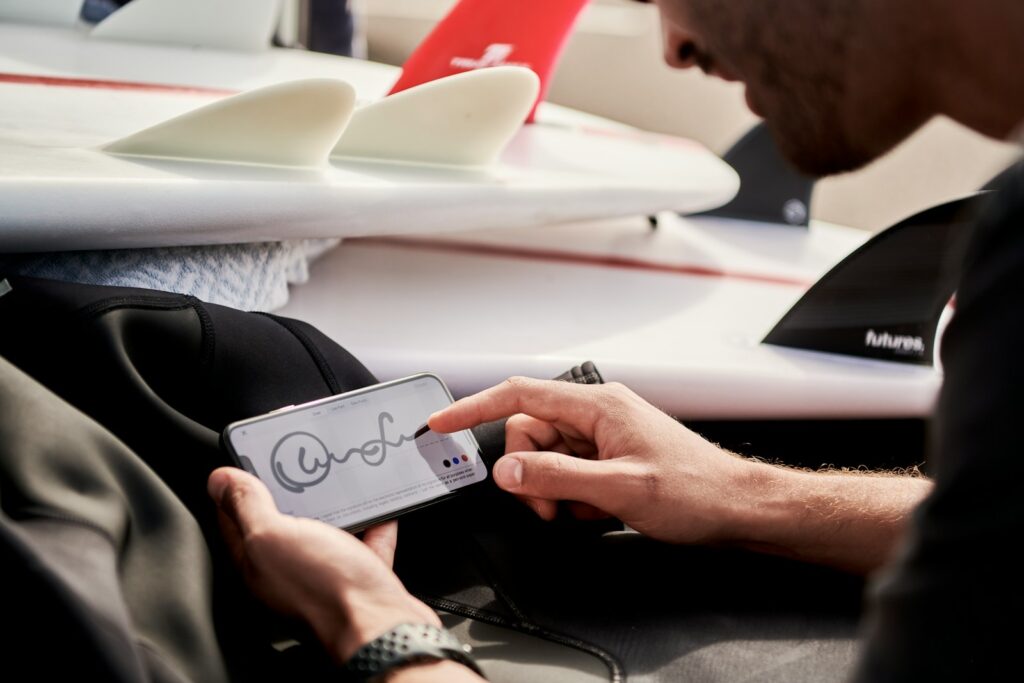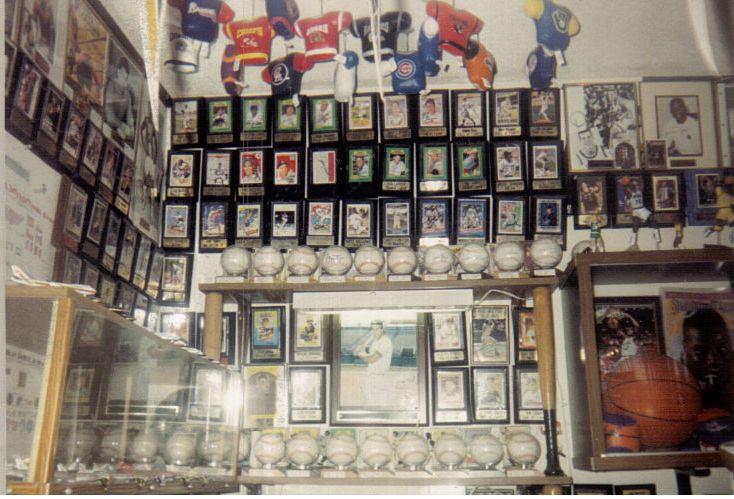
The world of collecting signed memorabilia offers an exhilarating journey, a connecting thread to your heroes, be they legendary athletes, iconic musicians, or historical figures. The thrill of holding an item touched by greatness is undeniable, often transitioning from hobby to passionate investment. Unfortunately, this vibrant market also attracts those looking to profit from deception, with a troubling prevalence of fraudulent autographs flooding the market.
Indeed, the scale of the problem is sobering. The FBI estimates that anywhere from 50% to a staggering 70% of signed sports memorabilia items circulating today bear fake signatures; some experts suggest figures as high as 90% for autographs in general. This stark reality makes discerning genuine articles from sophisticated forgeries an essential skill for every collector and investor. Protecting your investment hinges on understanding the subtle—and sometimes not so subtle—clues that separate the real from the counterfeit.
This comprehensive guide, drawing on insights from seasoned experts, will equip you with the knowledge and techniques needed to navigate this challenging landscape. We’ll delve into professional methods used by authentication specialists, offering practical, actionable advice. From scrutinizing the very strokes of a signature to understanding advanced technology, prepare to embark on a journey that transforms you from a hopeful buyer into a confident, savvy authenticator.
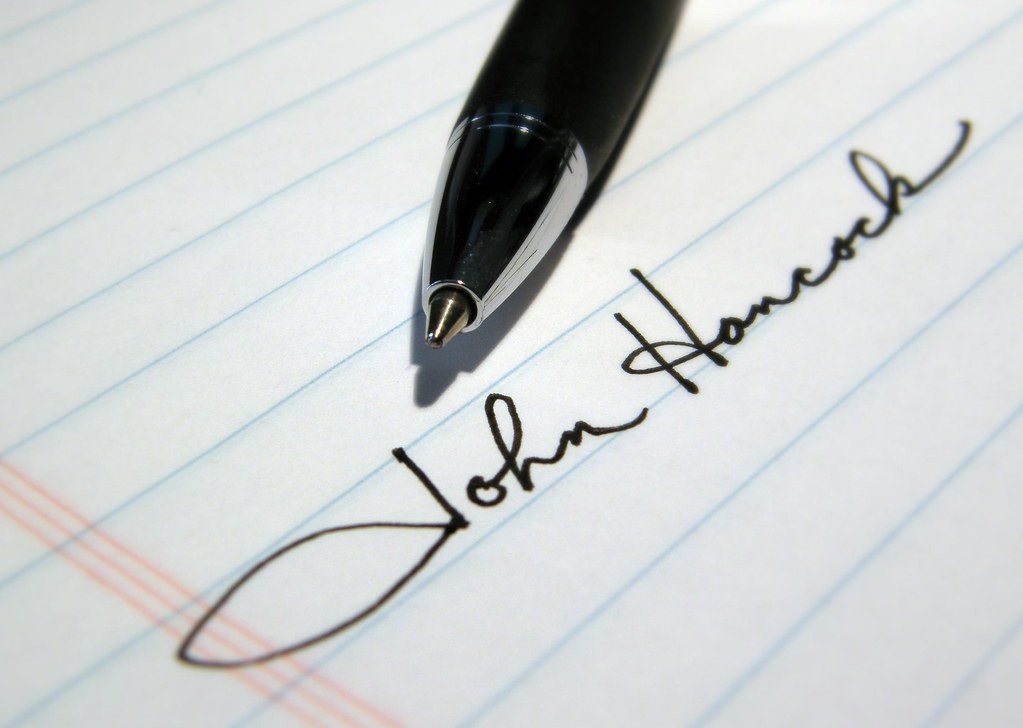
1. **Decoding Signature Consistency & Flow: The Natural Rhythm and Variations of Genuine Handwriting**
When examining a signed item, visual analysis of the signature is your initial and most critical defense. Authentic autographs are reflections of natural handwriting, exhibiting distinct fluidity and consistency, yet also natural variation. A genuine signature flows with a rhythm, born from years of repetition, revealing specific letter formations, consistent spacing, and an overall sense of effortlessness difficult to replicate.
Conversely, a fake often betrays its deceptive nature through tell-tale signs of hesitation or unnatural perfection. If a signature appears overly uniform, as if mechanically reproduced, or seems shaky, hesitant, or “drawn” rather than naturally written, these are significant red flags. Forgers, particularly those tracing or slowly copying, struggle to maintain the natural speed and pressure variations inherent in a true signature, resulting in pauses or trembling lines.
To master this, compare the autograph with multiple verified examples from the same period. Look for repeated quirks, unique flourishes, or specific nuances consistent across genuine examples. Pay close attention to stroke beginnings and endings, line continuity, and overall “feel.” Authentic signatures exhibit continuous flow, without unnatural breaks or lifted pen marks. Understanding these subtle visual cues is paramount to developing a discerning eye and catching common forgeries.
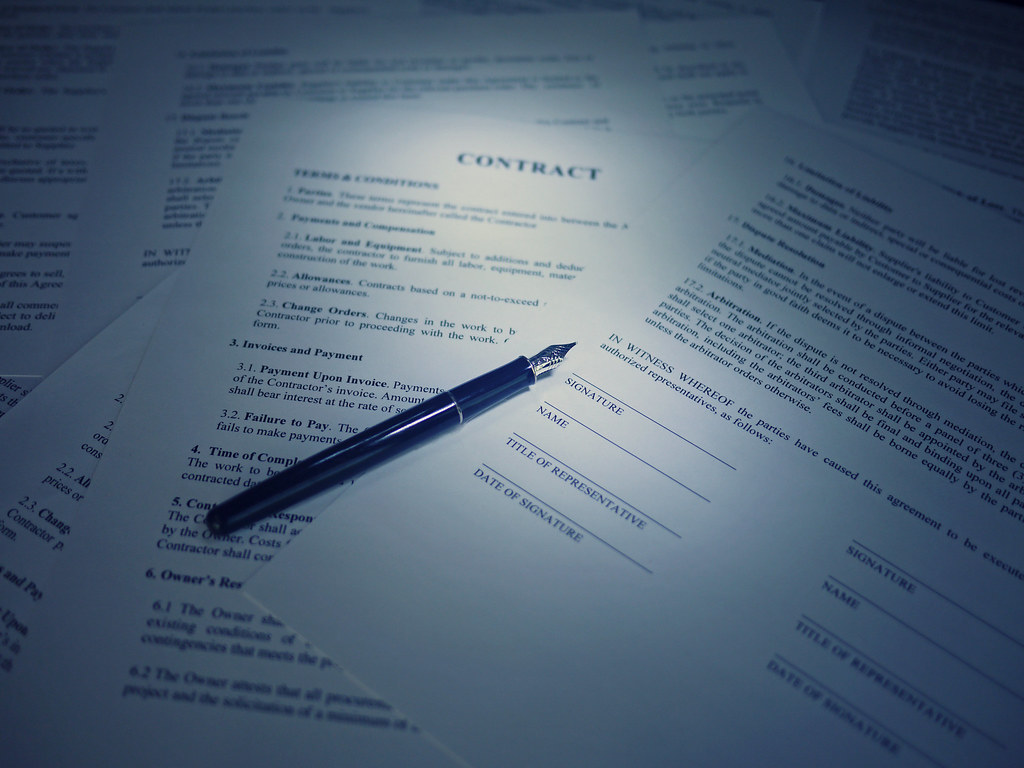
2. **The Art of Ink & Pressure Analysis: How Pen Mechanics Reveal Authenticity**
Beyond overall flow, a deeper dive into the physical characteristics of ink and applied pressure reveals crucial information. Authentic signatures naturally exhibit varying pen pressure, a subtle yet vital detail most apparent on curves, loops, and stroke endpoints. This variation occurs because a hand naturally adjusts pressure, creating slight indentations and ink pooling in certain areas. These nuances are incredibly difficult for a forger to perfectly imitate, especially when tracing or slowly copying.
A key indicator of a potential fake is uniform pressure throughout the signature. This unnatural consistency strongly suggests tracing, slow drawing, or machine production. To examine this, an indispensable high-quality magnifying glass (at least 10x magnification) is needed. With magnification, closely inspect the ink for consistent color depth and how it interacts with paper fibers—natural absorption patterns. Genuine pen pressure creates slight, natural indentations, visible or subtly palpable.
Furthermore, ink quality and age provide vital clues. Authentic autographs typically feature rich, deep ink, but older signatures should show age-appropriate fading. Modern inks fluoresce differently under UV light than older inks, helping identify if a modern pen was used on vintage items. Microscopic examination of ink penetration depth—how deeply ink absorbed into paper fibers—can also differentiate hand-signed from printed. Understanding these minute details is a powerful weapon in your authentication arsenal.

3. **Unmasking Printed, Stamped, & Facsimile Forgeries: Identifying Mechanical or Replicated Signatures**
Not all fraudulent autographs are painstakingly hand-forged; many are mass-produced reproductions. Facsimile autographs, printed signatures mimicking handwriting, are a widespread threat, often being high-resolution images reproduced onto an item. A quick, gentle fingertip test can be telling: if the ink feels completely flat and smooth, with no discernible texture or indentation, it strongly indicates a printed or facsimile signature rather than a hand-signed one.
Under magnification, printed signatures reveal dot matrix patterns or uniform ink distribution lacking natural variation or pooling. Unlike genuine pen strokes, which leave slightly rough, organic edges, printed signatures often have unnaturally sharp, precise edges. Similarly, stamped signatures, another common reproduction method, typically show perfectly uniform pressure across the entire signature. Historical examples, like hand-stamped Beatles signatures, show how effective these methods can be at deceiving the untrained eye.
Autopens, sophisticated signature-faking machines, represent another layer of technological forgery. These devices “record” a genuine signature and reproduce it identically. The key to detection is their perfect consistency: if multiple signatures are absolutely identical in every detail, it’s a massive red flag. While modern technology further enables sophisticated reproductions, close examination for these mechanical uniformities remains critical in distinguishing a true autograph from a mass-produced copy.
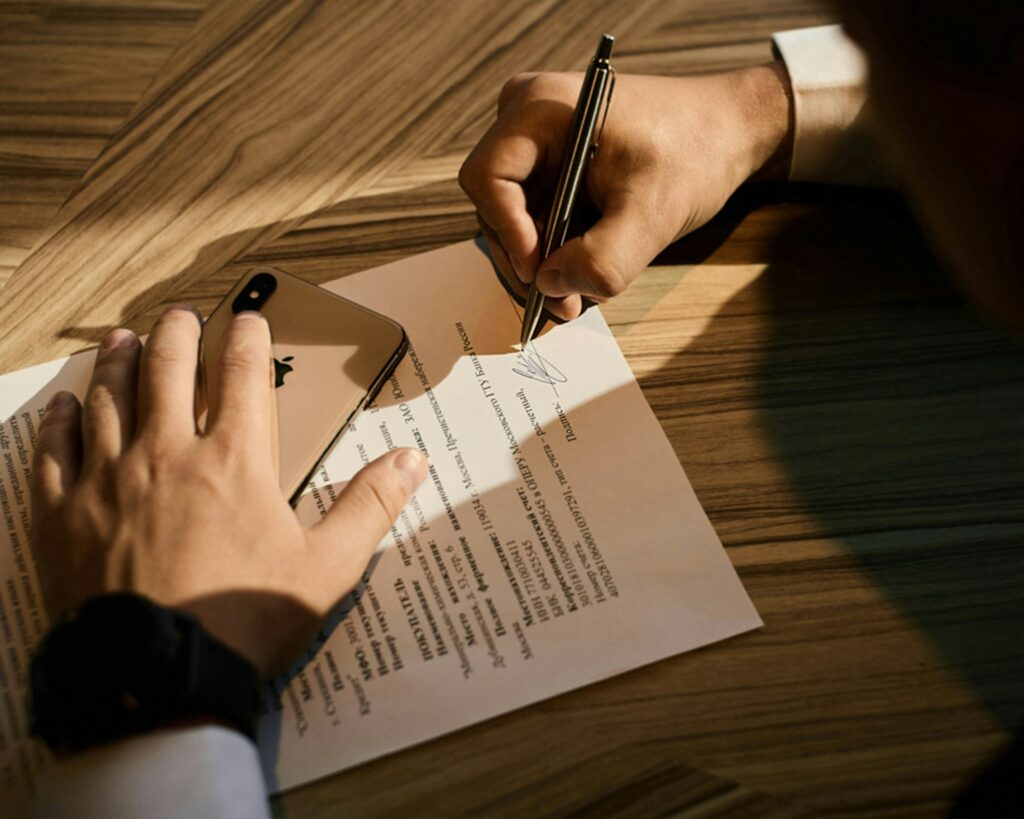
4. **The Power of Provenance & Documentation: Tracing an Item’s History and Verifying Its Paper Trail**
Beyond the physical characteristics of the signature, an item’s documented history—its provenance—is an indispensable element in establishing authenticity. Provenance refers to the detailed record of an item’s ownership and origin, ideally tracing it back to the moment it was signed. Strong, verifiable provenance significantly enhances an item’s value and credibility, providing a crucial narrative that supports its legitimacy. Without clear provenance, even a visually convincing signature may never achieve its full market value or be truly trusted.
The gold standard for provenance includes a certificate of authenticity (COA) from a credible, reputable authentication service. However, exercise caution, as the market is unfortunately rife with fake COAs. Therefore, it’s not enough to simply possess a COA; you must verify it comes from a recognized, established authentication company with a strong industry reputation, such as DJR Authentication or those using advanced TRuEST™ technology. These reputable services provide detailed reports outlining their verification process.
The ideal provenance might be a photograph or video of the actual signing event, or a direct chain of custody from the signer to the collector. For notable signatures, you might find a paper trail linking the autograph through various owners back to the original collector, especially if that person had a close connection to the signer. Always demand proper documentation, ensure the COA is specific and detailed to your item, and verify seller return policies. Meticulously preserving any provenance and adding your own documentation further safeguards your investment.
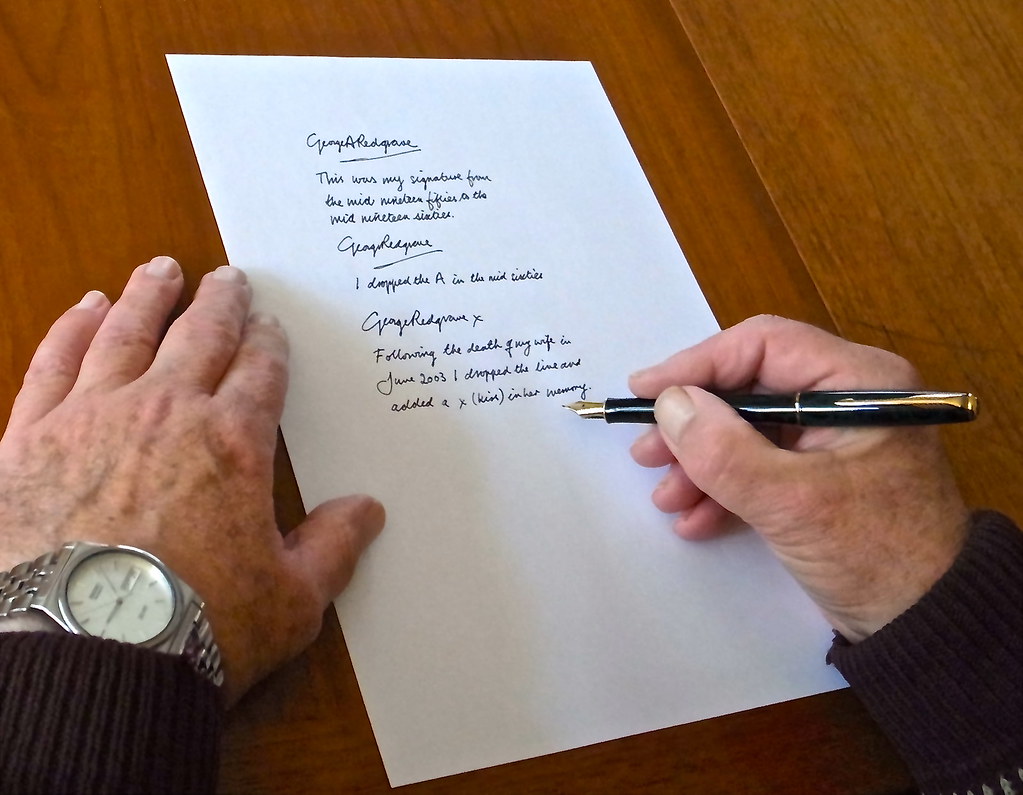
5. **Understanding Signature Evolution and Contextual Clues: How Signatures Change Over Time and What Specific Details Reveal**
It’s a common misconception that a celebrity’s or historical figure’s signature remains perfectly consistent throughout their lifetime. In reality, authentic signatures, like the people who create them, naturally evolve. Factors such as age, health, personal style, and even signing circumstances influence its appearance. A seasoned authenticator understands this evolution, comparing a questioned signature to verified examples from the same period in the signer’s life.
This means during comparative analysis, it’s vital to “compare like with like” in terms of date. A signature from a young, energetic athlete will likely differ in fluidity from one signed in later years. Professional authentication employs forensic handwriting analysis, meticulously comparing signatures to a vast library of verified exemplars. They examine individual characteristics like letter construction, spacing patterns, natural pen lifts, and pressure variations.
Furthermore, contextual clues extend to the item itself and its signing material. A genuine signature should always sit on a genuine, date-appropriate medium. Paper ages, often yellowing or becoming brittle; older items should exhibit appropriate wear. Similarly, the writing instrument used must align with the era—felt-tipped pens were not common before 1960. Their presence on an older item is a major red flag. Recognizing these inconsistencies is as crucial as analyzing the signature strokes.
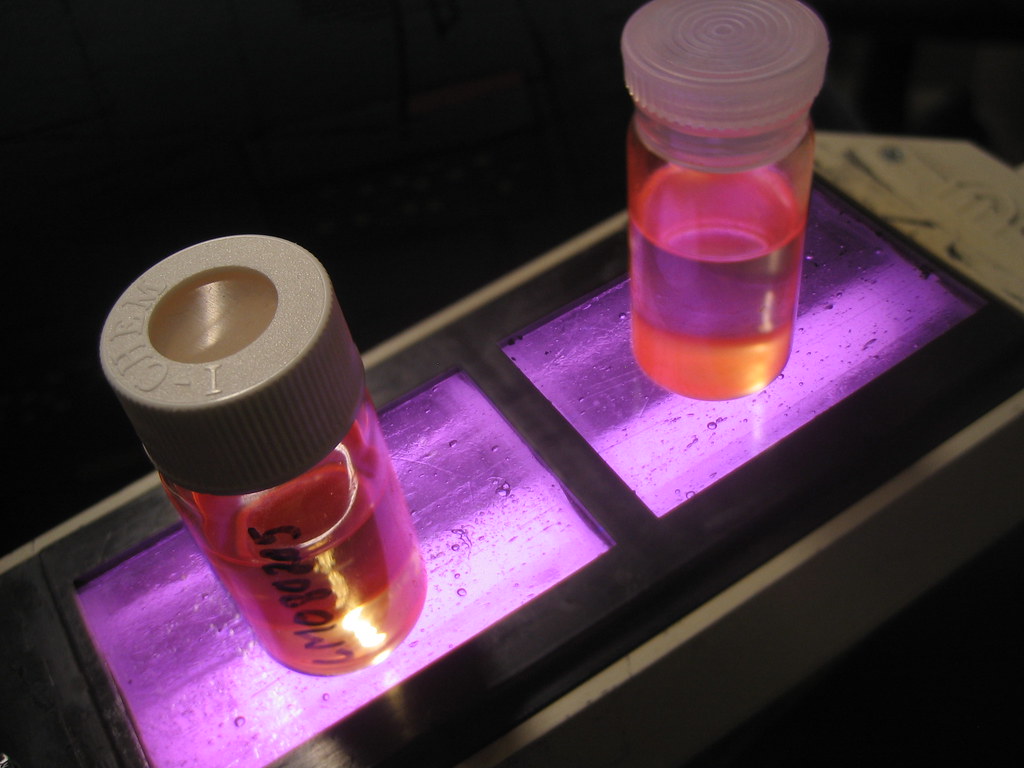
6. **Advanced Visuals: UV Light & Microscopic Examination: Harnessing Technology to See What the Naked Eye Cannot**
While a magnifying glass is a fundamental collector’s tool, professional authentication elevates visual analysis through advanced technologies like UV light and microscopic examination. These methods delve into details invisible to the eye, revealing hidden information about the ink, paper, and potential alterations. UV light analysis, a standard verification method, utilizes ultraviolet radiation to uncover crucial discrepancies in ink composition and age.
Different inks fluoresce differently under UV radiation; modern inks used by forgers on vintage items become glaringly apparent, as they didn’t exist during the item’s supposed signing period. UV light can also reveal alterations to signatures or documents. Beyond the ink, UV examination detects specific fiber compositions, different types of sizing, and unique watermarks in paper, critical for confirming material authenticity and period-appropriateness. It’s a powerful tool for uncovering anachronistic materials or hidden modifications.
Taking examination further, microscopes with optional UV/IR illuminations provide unparalleled detail. Under a microscope, experts meticulously analyze paper fiber patterns, which vary significantly between periods and paper types. They also scrutinize ink penetration depth—how deeply ink absorbed into paper fibers—offering further clues about ink age and whether a signature is handwritten versus printed. This forensic level of detail is particularly effective at differentiating between genuine handwriting subtleties and flaws betraying sophisticated forgeries.
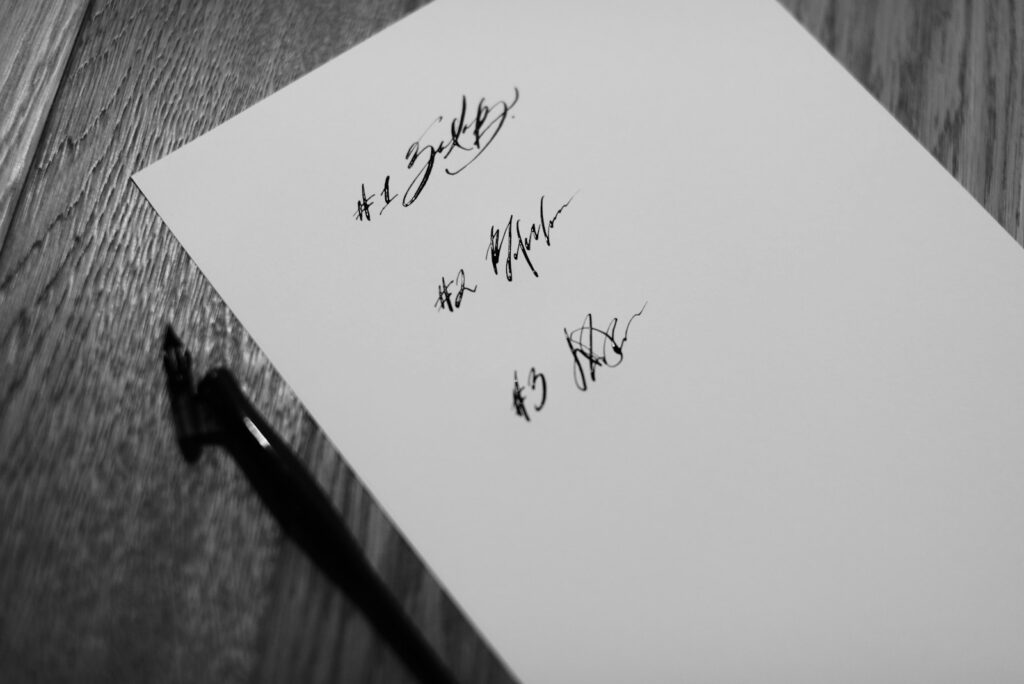
7. **Recognizing Common Forgery Tactics: Secretarial, Traced, and Free-Hand: Delving into the Forger’s Playbook**
Understanding the various methods employed by forgers is crucial for a comprehensive detection strategy. One common type, often misunderstood, involves “secretarial” or “ghost” signatures. These are signatures made by an assistant or a signing machine with permission, but not by the celebrity themselves. While not technically outright fakes with malicious intent, they aren’t “authentic.” Detecting these often involves comparing signature characteristics to the celebrity’s genuine handwriting; if they consistently differ, or if multiple examples are perfectly identical (indicating a machine), it’s likely a secretarial or machine signature.
Another prevalent method is “traced forgeries.” This involves a forger tracing over an authentic signature, often using a light box or underlying guidelines. Tell-tale signs include hesitation marks—tiny pauses where the forger followed the traced line—and sometimes faint “double lines” where the pen wavered or went over the guideline. Unnatural pen lifts, where the forger breaks a stroke that would flow continuously in an authentic signature, are also strong indicators. Traced forgeries often lack the natural fluidity and varying pressure of a genuine signature, appearing too deliberate or “drawn.”
Finally, “free-hand forgeries” are arguably the most challenging to detect. These involve a forger attempting to replicate a signature from memory or by looking at examples, without direct tracing. Their difficulty lies in their potential to appear quite convincing initially. However, expert analysis can still uncover deception. Key indicators include a lack of natural variation (being “too perfect” or too consistent), the absence of unique flourishes or personal habits, and often, inappropriate aging of materials or inks, suggesting modern tools on a supposedly vintage item. These require the deepest level of comparative analysis and forensic expertise.
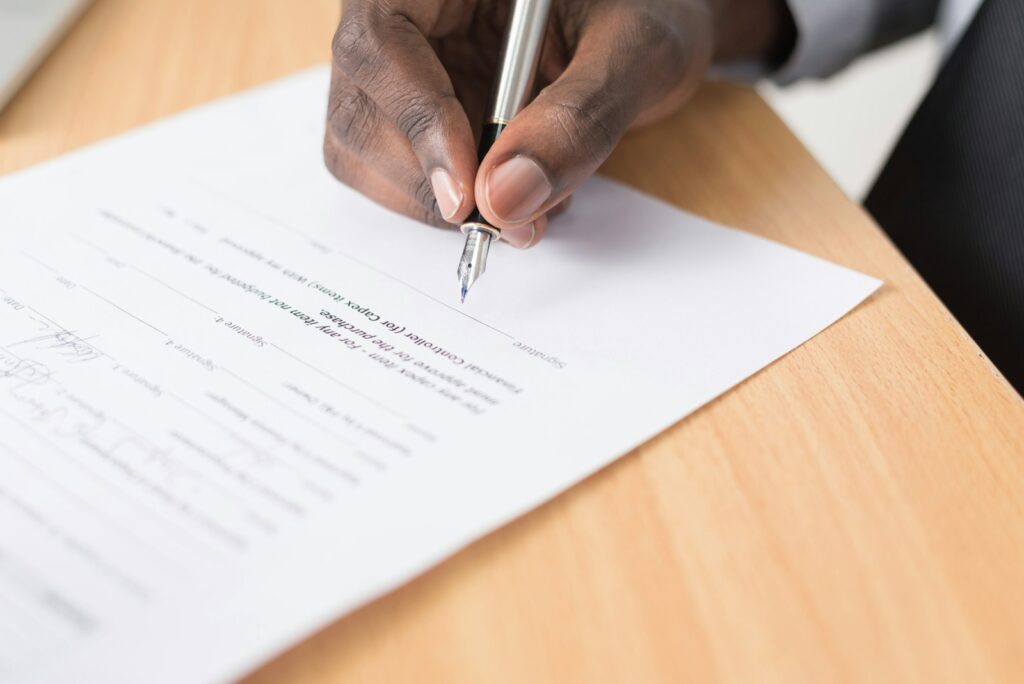
8. **Essential Tools and Basic Examination Process for Every Collector**
Even before you think about sending an item off for professional scrutiny, there are fundamental steps and tools every collector should have in their arsenal. These initial checks empower you to filter out obvious fakes and build confidence in your own discerning eye. Equipping yourself with the right gear and knowledge for a preliminary assessment is a crucial first step in your authentication journey.
For beginning collectors, the essential tools are surprisingly accessible. A high-quality magnifying glass, preferably with at least 10x magnification, is non-negotiable for close-up inspection of ink flow and letter formation. A battery-powered portable UV light or blacklight is another must-have, allowing you to quickly check for ink inconsistencies or alterations. Don’t forget reference materials like books with verified signature examples and a digital camera to document your findings thoroughly.
Once you have your tools, the basic examination process is straightforward. Start with a visual inspection, looking for any obvious red flags like signatures that appear too perfect or too shaky. Follow this with a magnified examination to check the ink flow, pen pressure, and specific letter formations. Next, perform a UV light test to reveal any modern inks on vintage items or other anomalies. Finally, conduct a preliminary provenance review, verifying any available history and documentation before comparing the signature with verified authentic examples you’ve sourced.
Read more about: 8 Luxury Sedans with Sky-High Maintenance Costs: What Owners Need to Know Before Buying
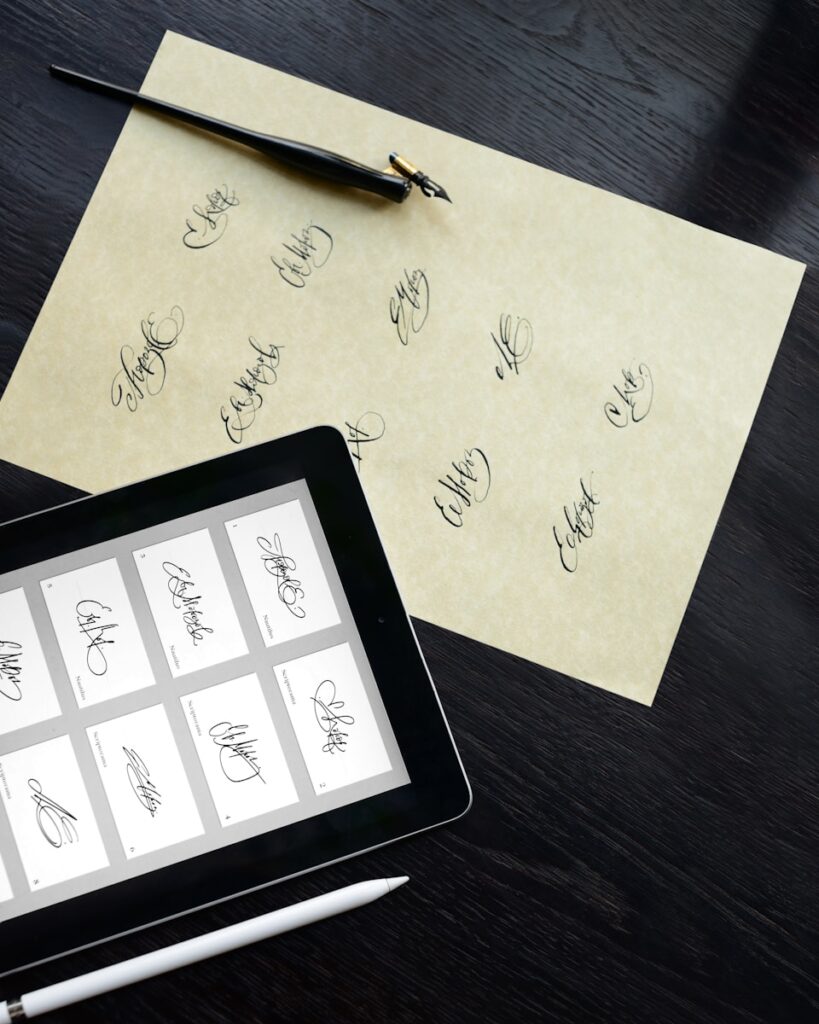
9. **When and Why to Seek Professional Authentication**
While your growing expertise and personal tool kit are incredibly valuable, there are distinct moments when professional authentication becomes not just advisable, but absolutely essential. The stakes are often higher than a simple hobby, especially when financial investment or the integrity of a cherished collection is on the line. Knowing when to call in the experts can save you significant disappointment and financial loss down the road.
Professional authentication is highly recommended for high-value items, typically anything worth more than $500. This threshold isn’t arbitrary; it represents a point where the cost of expert verification is a worthwhile investment against potential fraud. Similarly, if you’re acquiring items specifically for financial returns, professional authentication provides the crucial documentation needed to safeguard your investment. It’s also indispensable for insurance purposes, providing irrefutable documentation for coverage, and for resale preparation, where third-party verification significantly boosts buyer confidence and market value.
Beyond monetary value, professional authentication is critical for items with questionable or unclear provenance. If an item’s history is murky, an expert can often uncover details through forensic analysis that a casual collector simply cannot. Companies like DJR Authentication, and those utilizing advanced TRuEST™ technology, offer thorough evaluations, drawing on historical references, advanced forensic tools, and extensive experience. This deep dive into an item’s past and physical characteristics provides a level of certainty that no personal inspection can match, offering peace of mind and robust validation.
Read more about: Your Ultimate Guide: 14 Financial Pitfalls Every Classic Car Collector Needs to Sidestep for a Successful Collection
10. **Advanced Authentication Technologies: AI, Infrared, and Multispectral Analysis**
The world of forgery detection is in a constant arms race, with authentication technology continually evolving to combat increasingly sophisticated counterfeit methods. Moving beyond traditional visual and microscopic analysis, cutting-edge techniques are now providing unprecedented insights, making it harder than ever for forgers to produce convincing fakes. These advanced tools represent the forefront of protecting your valuable memorabilia.
Infrared reflectography, for instance, offers a powerful way to reveal hidden text or images that might be obscured or painted over. This technology can uncover hidden writing on vintage items, like the discovery of hidden messages on a 1922 game-used baseball bat, by making different inks visible under infrared light. It also helps detect subtle alterations or additions to original documents, providing a forensic view into an item’s true history and composition that the eye, even under magnification, simply cannot perceive.
Furthermore, artificial intelligence (AI) is rapidly transforming signature analysis. Modern AI-driven systems analyze aspects of a signature that are imperceptible to humans, such as minute stroke patterns, pressure dynamics, and even the timing patterns of a signature’s creation. This mathematical analysis of pen movement and pressure provides an objective, data-driven assessment, making it significantly more difficult for forgers to replicate the nuanced ‘feel’ of an authentic hand-signed item. As forgery techniques become more sophisticated, these enhanced ink examination and digital analysis methods become ever more vital.
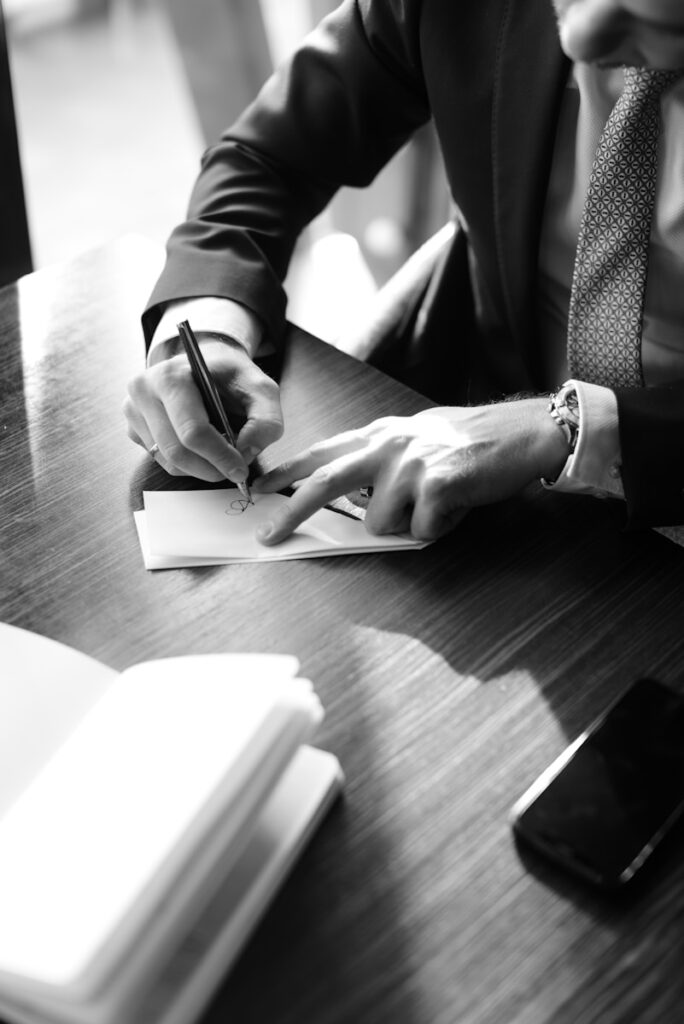
11. **The Power of Blockchain in Autograph Authentication**
Among the most revolutionary advancements in ensuring authenticity is the integration of blockchain technology. This isn’t just a digital ledger; it’s a game-changer for establishing an immutable, transparent, and globally verifiable record of an item’s authenticity, offering unparalleled confidence to collectors. It’s about creating a digital fingerprint for your item that cannot be tampered with.
Advanced authentication systems, such as The Realest’s TRuEST™ technology, leverage blockchain to create permanent authentication records that cannot be altered or backdated. This means that once an item’s authenticity is verified and recorded on the blockchain, that record is there forever, providing an incorruptible history. This innovative approach also allows for population tracking, enabling collectors and experts to know exactly how many authentic items of a specific type exist in circulation, adding a layer of transparency previously unavailable.
Crucially, some blockchain-integrated systems incorporate witness verification, establishing a direct chain of custody from the moment an item is signed to its authentication. This method dramatically reduces the risk of fraud by ensuring that the item’s journey from signer to collector is thoroughly documented and immutably recorded. These multi-layered security features, often combined with patent-pending covert markings, offer a robust defense against counterfeits, making blockchain an indispensable tool for building a truly secure collection.
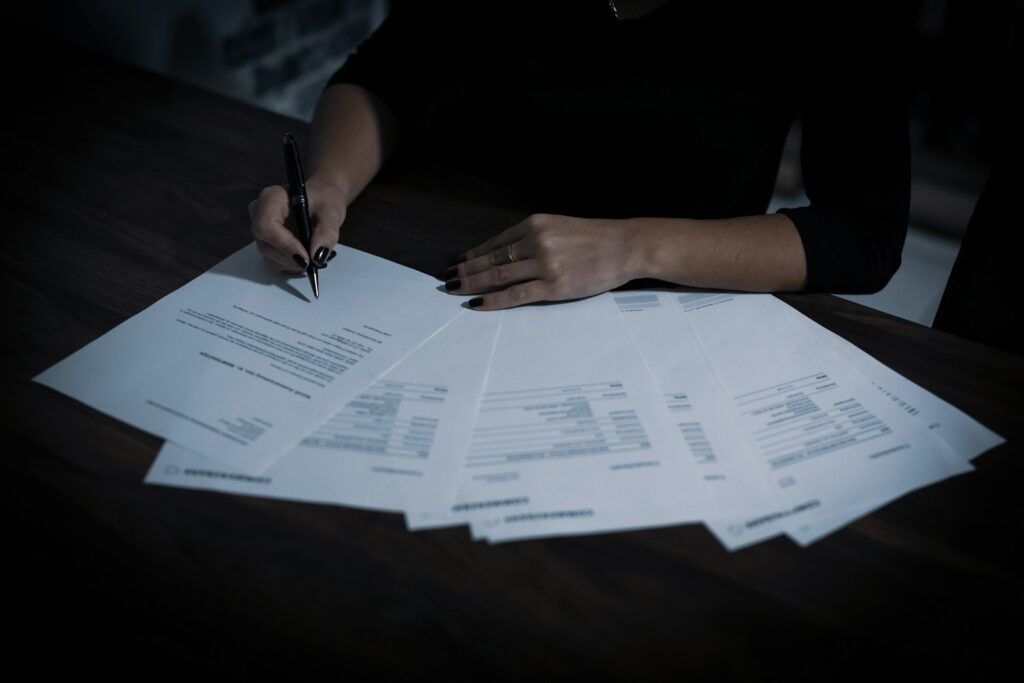
12. **Spotting Red Flags in the Marketplace: Seller & Documentation Cautions**
Navigating the marketplace, particularly online, requires a keen eye not just for the autograph itself, but for the circumstances surrounding the sale. Many red flags emerge from the seller’s behavior and the accompanying documentation, signaling potential deception even before you scrutinize the signature. Being vigilant about these contextual clues is just as important as the physical examination.
When evaluating a seller, several red flags should immediately raise your suspicion. Be wary of those who offer no return policy; legitimate dealers with confidence in their offerings almost always provide this safeguard. Vague provenance, where the seller cannot clearly explain how they obtained the item, is another major warning sign. If a seller seems to have multiple “once-in-a-lifetime” rare items, or employs high-pressure tactics like “buy now or lose forever,” it’s often a ploy to rush you into a purchase before you can properly investigate. Unrealistic pricing—significantly below market value for a desirable item—is perhaps the most obvious red flag.
Documentation, though seemingly reassuring, can also be a source of deception. Generic certificates of authenticity (COAs) that are mass-produced and lack specific details for your item are virtually worthless. Always research the authentication company issuing the COA; if they have no industry reputation or appear to be a fly-by-night operation, their certificate provides no real guarantee. Likewise, be cautious of items in suspiciously perfect condition, too pristine for their claimed age, as this can indicate a manufactured item. Inconsistent details between the documentation and the item itself are also critical indicators of potential fraud.
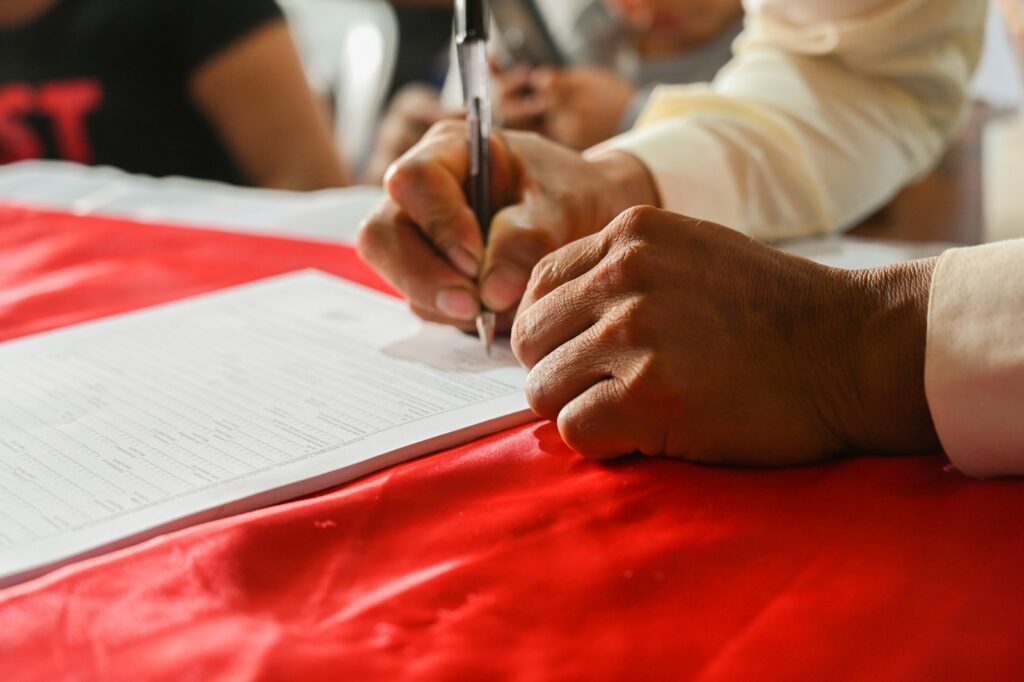
13. **Safe Purchasing Practices and Building a Trusted Network**
Ultimately, protecting your investment and building an authentic collection hinges on adopting safe purchasing practices and leveraging the collective wisdom of the collector community. It’s about minimizing risk at every turn and ensuring you have reliable support systems in place. This proactive approach is your strongest defense against the ever-present threat of forgeries.
The first rule of safe purchasing is to buy exclusively from reputable sources. This means established dealers with a strong industry standing, verifiable online reviews, and transparent business practices. Always demand proper documentation, insisting on specific COAs from recognized authenticators that are explicitly linked to your item. Critically, verify the seller’s return policies; the ability to return an item if its authenticity is later questioned provides an essential safety net. For truly valuable items, don’t hesitate to get second opinions from other experts. And meticulous documentation of everything—photos, receipts, correspondence—further safeguards your investment.
Beyond individual transactions, networking within the collector community offers invaluable advice and insights. Join collector groups on online forums, social media, or local clubs to exchange tips and experiences. Attending trade shows and conventions allows you to meet like-minded individuals and seasoned collectors, fostering connections that can lead to trusted recommendations. Participating in discussions about signed memorabilia broadens your knowledge about spotting fakes and understanding market trends. Remember, genuine buyers and sellers know that fakes are bad for everyone, and collective vigilance strengthens the entire market.
**Conclusion:**
Read more about: 14 Simple Ways to Transform Your Health with Regenerative Farming Products
The journey of collecting signed memorabilia is undeniably thrilling, connecting us to the icons who have shaped our world. But this passion must be tempered with vigilance. The constant evolution of forgery techniques means collectors must arm themselves with knowledge, from scrutinizing the subtle nuances of an ink stroke to understanding the power of blockchain. By meticulously applying visual analysis, leveraging advanced technology, demanding robust provenance, and navigating the marketplace with a critical eye, you can confidently build a collection that is not only personally meaningful but also genuinely authentic and enduring. Embrace caution, stay informed, and let your passion for true authenticity guide every cherished acquisition. Your collection deserves nothing less than the real deal.

